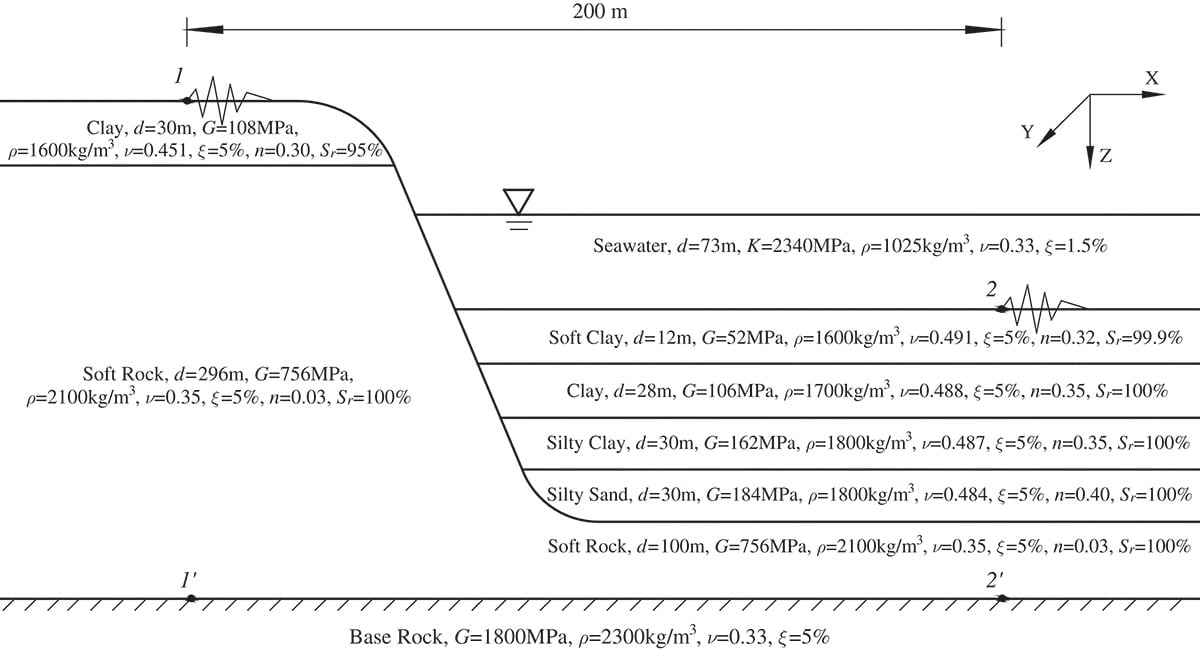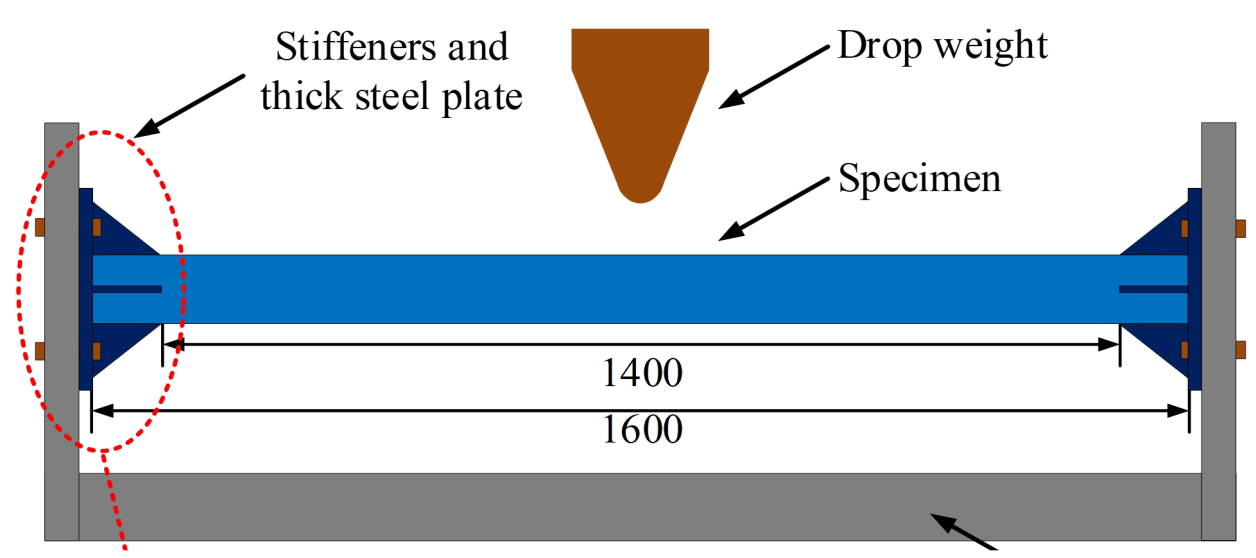
1. Structural Vibration Control
• Inerter: Inerter is a very hot topic in structural vibration control due to its mass amplification and negative stiffness effects. We developed inerter-based methods to control the wave-induced vibration of offshore platforms, earthquake-induced vibration between adjacent structures, vortex-induced vibration of bridges.



















